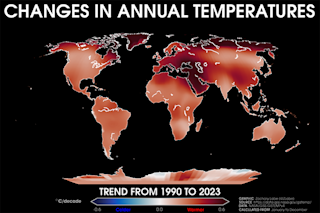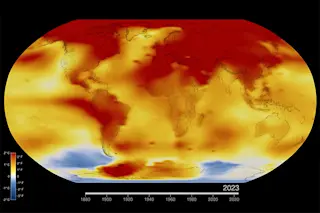A tropical jungle in the highland of Gunung Raya, Langkawi Island. Image courtesy of Gwoeii /shutterstockWhat causes wind? Any elementary science textbook will tell you it's about pressure differences: Hot air rises and cool air rushes into the void, creating wind in the process. This is the driving force of our climate system as a whole. The existing paradigm relies on temperature alone to create these pressure differences, but new numbers suggest that a much less conspicuous driver of air movement---condensation---may actually be dictating the planet's weather patterns. Weather patterns are controlled by changes in atmospheric pressure. Since temperature changes can trigger these pressure changes, scientists have relied solely on temperature when making their climate models. But a few years ago a group of physicists proposed another mechanism for changes in atmospheric pressure: a change in the number of gas molecules in the air. The mechanism itself was well-recognized in ...
Condensation, Not Temperature, May Drive Global Winds
Discover the climate system driving force: condensation, and how it reshapes our understanding of weather patterns.
More on Discover
Stay Curious
SubscribeTo The Magazine
Save up to 40% off the cover price when you subscribe to Discover magazine.
Subscribe













